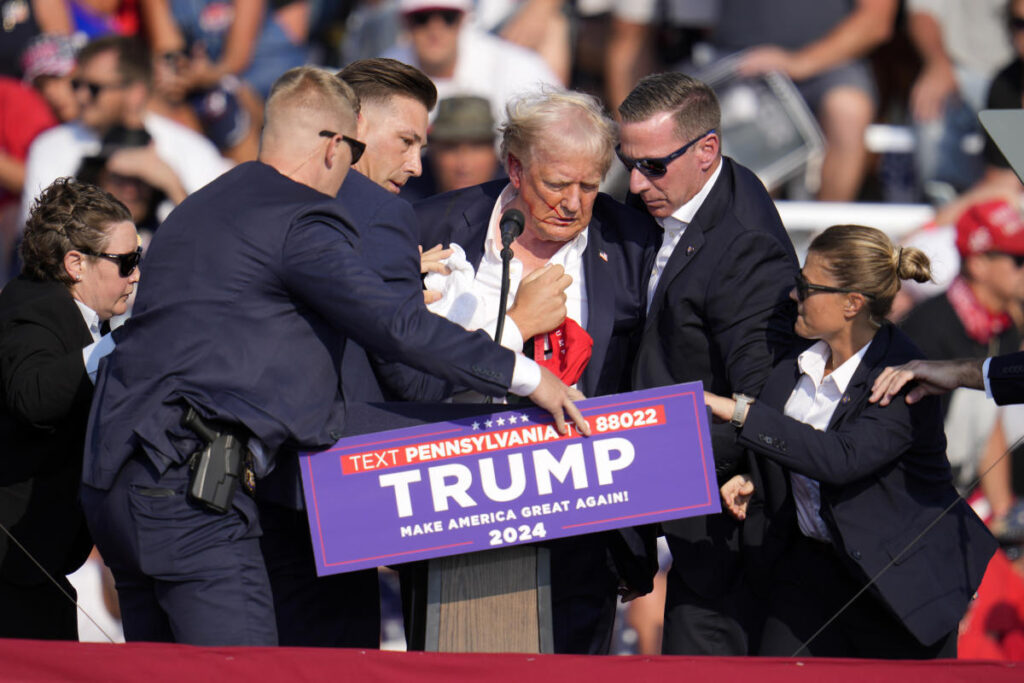A recent report from the Secret Service has brought to light critical failures surrounding the assassination attempt on former President Donald Trump that occurred during a rally in July. The internal review indicates that multiple staff members were aware of serious line-of-sight risks but deemed these risks acceptable. Consequently, measures intended to obstruct the view from a nearby building, from which the gunman, Thomas Crooks, fired, were not implemented. The incident, which resulted in the death of a rally attendee and injuries to two others, has heightened scrutiny on the Secret Service’s operations, particularly regarding their mandate to protect high-profile figures.
The internal report, which was released both as a classified document to Congress and as a publicly available synopsis, corroborates earlier findings that highlighted significant communication breakdowns between the Secret Service and local law enforcement prior to the shooting. It specifically notes the failure to address the precarious position of the gunman, who was located merely 150 yards from where Trump was speaking. This lapse is particularly troubling given the agency’s historical mission of ensuring the safety of U.S. leaders, underscoring why the bar for their performance is set so high.
Details from the report reveal a concerning lack of preventative measures taken by the Secret Service. Most notably, personnel failed to assess the potential impact of adjacent buildings that offered a clear view of Trump’s podium. The pre-event planning included suggestions for large farm equipment to be placed to obstruct this view, yet these were never deployed. Furthermore, the report notes that the personnel who were supposed to communicate these concerns to their supervisors neglected to do so, exacerbating the already precarious security situation.
Communication failures also emerged as a significant theme throughout the report. A designated security room was established for the event, intended to integrate resources from various law enforcement agencies. However, this coordination faltered, with only the Pennsylvania State Police having a representative present in the security room, while local emergency personnel operated from a separate location. Moreover, the counter-sniper team from the Secret Service did not utilize a radio offered by local law enforcement, which hampered clear communication during the critical moments before and after the assassination attempt. These ineffective communication lines substantially contributed to the chaotic and disjointed security environment.
The report also considered external factors that may have further detracted from security measures, notably the extreme heat during the event. With local emergency services facing an influx of medical assistance requests—totaling 251—security personnel were pulled away from protective operations. A lack of coordination with Trump’s campaign staff regarding these medical needs intensified staffing issues, thus diverting attention from the overarching security concerns that should have remained the priority.
While the report did not specify if any Secret Service personnel would face direct repercussions, it did indicate that some behavior might warrant corrective actions. The agency has committed to accountability, with its Office of Integrity reviewing the findings for potential policy violations. Reports indicate that at least five Secret Service agents have been placed on modified duty, and the director at that time, Kimberly Cheatle, resigned soon after the incident, accepting responsibility for the failures noted in the review. The implications of this report raise questions about future operational standards within the Secret Service and the measures needed to prevent similar failures in protecting high-profile individuals.

